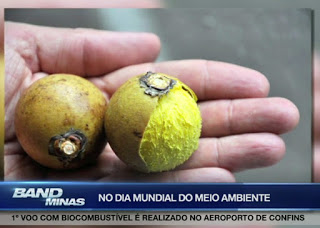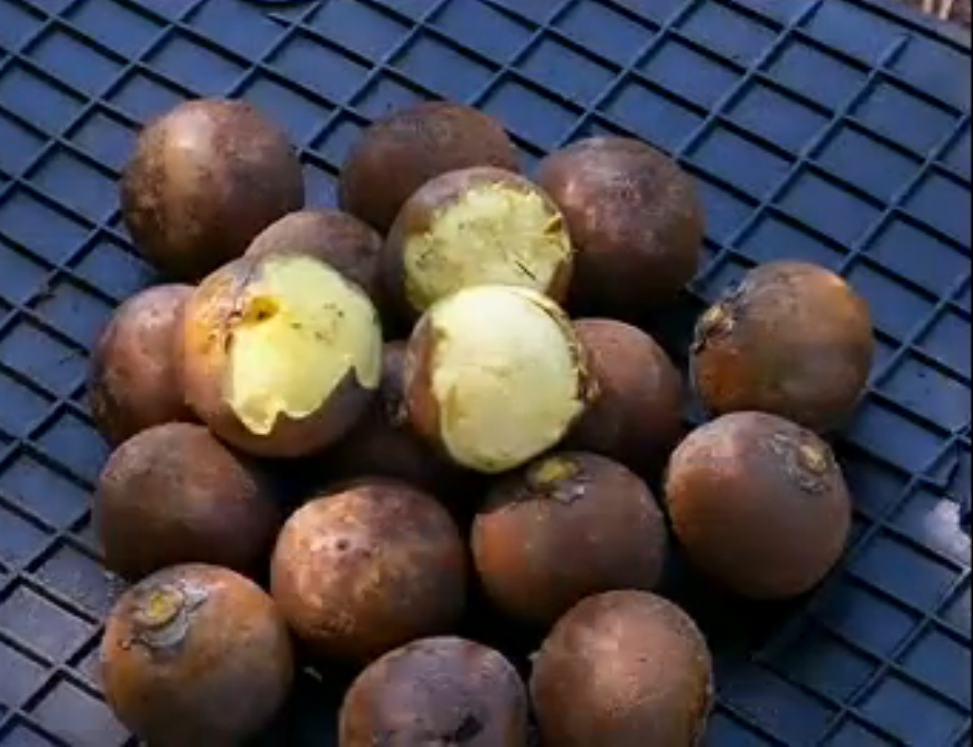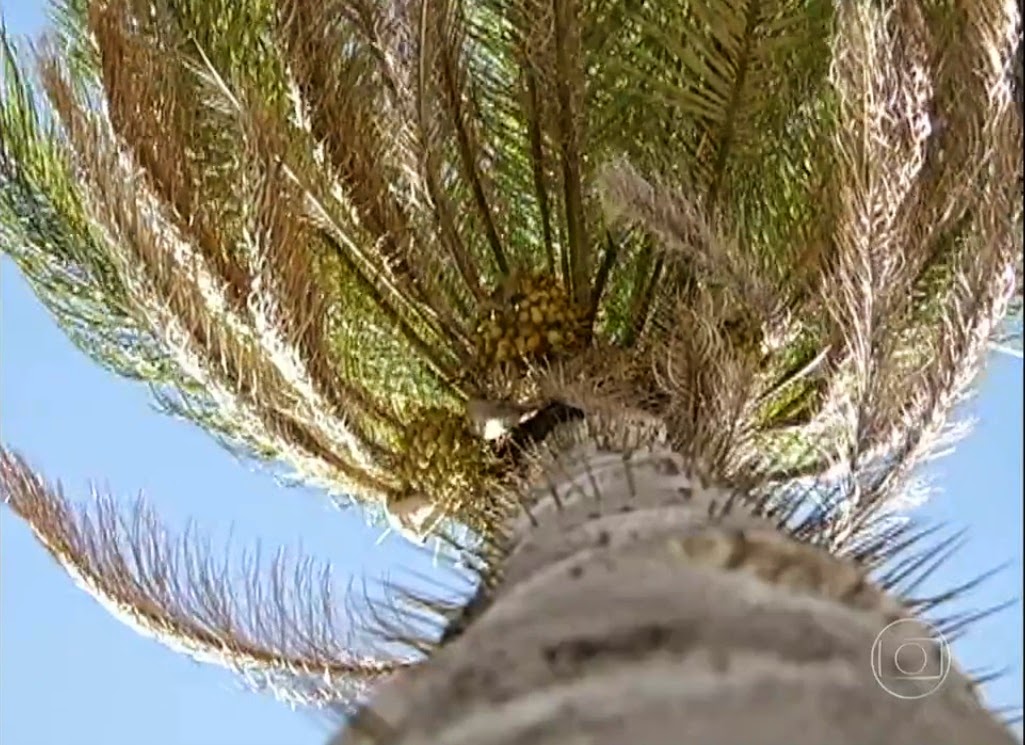Wood-eating fungus can be biodegradable alternative to plastic
terça-feira, fevereiro 28, 2023
The wood-eating fungus Fomes fomentarius has complex structural characteristics that can be used to create a biodegradable alternative to plastic. The mechanical properties of living being were studied in a research published last Wednesday (22) in the journal Science Advances.
F. fomentarius sustainable material can be used for various applications, including the manufacture of impact-resistant implants, sports equipment, bulletproof vests, aircraft exoskeletons, electronic equipment or windshield surface coverings.
The discovery was made by a group of scientists from the VTT Technical Research Center of Finland. The research shows for the first time the complex structural, chemical and mechanical characteristics adapted throughout evolution by the fungus, which can be used to produce robust and lightweight materials.
F. fomentarius is flammable and has historically been used to ignite sparks, although it has also been used in the manufacture of clothing and medicine. Composed of thin filaments known as hyphae, the mycelium of the fungus forms root-like nets that spread through the soil or decomcomposition materials.
In the species, this network can be divided into three distinct layers. "The mycelium network is the primary component in all layers," Pezhman Mohammadi, a senior scientist involved in the study, said in a statement. "However, in each layer, the mycelium exhibits a very distinct microstructure with unique preferential orientation."
By analyzing the composition of the fruiting body of F. fomentarius, through samples collected in Finland, which underwent mechanical resistance tests and scans, the scientists identified the three layers: a hard and thin outer crust involving a foamy part underneath and piles of hollow tubular structures in the nucleus.
According to scientists, hollow tubes, which make up most fruiting bodies, can withstand forces greater than the foamy layer. All this without suffering major displacements or deformations.
The team says parts of the fungus were as strong as plywood, pine or leather. But still, they were much lighter than these materials. Fruiting bodies still protect against insects or fallen branches, have a texture and taste not preferred by animals and still support the rigors of changing seasons.
This type of resistance can inspire new synthetic materials. For Pezhman, cultivating alternatives using simple ingredients "can help overcome the cost, time, mass production, and sustainability of how we manufacture and consume materials in the future."
"The architectural design and biochemical principles of the Fomes fungus open up new possibilities for materials engineering, such as the manufacture of ultralight technical structures, the manufacture of nanocomposites with enhanced mechanical properties, or the exploration of new manufacturing routes for the next generation of programmable materials with high-performance functionalities," he says.
Source: Um só Planeta




















0 comentários
Agradecemos seu comentário! Volte sempre :)